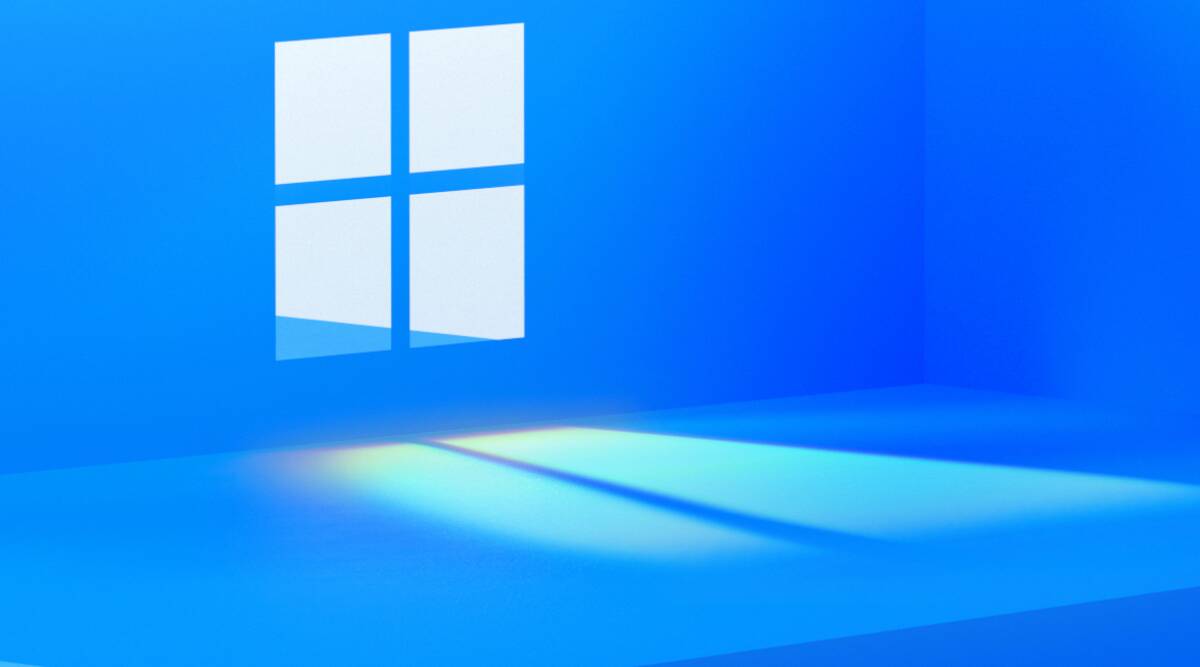The most recent version of Microsoft’s flagship operating system is Windows 11, which is the successor to Windows 10. Windows 11 introduces significant changes to the Start menu and taskbar, as well as a major overhaul of the Settings app and a Widgets pane aimed to give news and reminders. Windows 11 is a significant feature update that includes the highly anticipated Sun Valley update of the Windows user interface and a redesign of essential Windows programmes that are included in the Windows Inbox app category, such as the new Media Player with support for video along with the Calculator, the Snipping Tool, and Mail & Calendar. There are other internal modifications, including the return of the recognisable Blue Screen of Death error message (for a brief period Microsoft was playing with making it black, for some reason). The operating system is also supporting the Android applications as well.
Microsoft introduced Windows 11 to the general public in October, and the company is now pushing it out to further PCs that fulfil Microsoft’s Windows 11 minimum hardware requirements.
Microsoft provides numerous methods for downloading the new operating system, so you can choose the one that works best for you.
1. Test Compatibility
Windows 11 requirements have been the subject of some muddled discussion. You must first confirm that your current Windows 10 PC is compatible before downloading the free update. Microsoft’s PC Health Check Tool is the best tool to use for this.
Scroll down to the Check for compatibility section on the Windows 11 Specifications page(Opens in a new window). Installing the software requires clicking the Download PC Health Check App link. Within the app, select the Check now button. A notice notifying you that your PC complies with Windows 11 criteria will appear if your computer is suitable.
2. Check updates
Your next move should be to see if Windows 11 is available for your PC as Microsoft is gradually releasing it to compatible Windows 10 devices. Go to Settings > Update & Security > Windows Update on your Windows 10 computer and select the Check for updates option. Then you can install Windows 11 if it is there waiting for you.
3. Use the Installation Assistant to Download
3.1 You can use Microsoft’s Windows 11 Installation Assistant rather than waiting for the upgrade to arrive at your computer. Click the Download now button in the Windows 11 Installation Assistant section of the Download Windows 11 page (Opens in a new window).
3.2 Open the Windows11InstallationAssistant.exe file that you downloaded. Your Windows 10 installation will be upgraded to Windows 11 when you click the Accept and install button. During the download and installation, you should be able to use your computer. When the installation is finished, your PC will need to restart. If you want more time to save any open work, you can either wait for the 30-minute countdown to expire or restart the system right away. You can sign back into Windows when your computer restarts. After the last setup is finished, Windows 11 is installed on your new desktop.
4. Media Creation Tool by Microsoft
4.1 You can also build installation discs for the new OS by using Microsoft’s Media Creation Tool, which is an application. Click the Download now button under the Create Windows 11 Installation Media section on the Download Windows 11 page (Opens in a new window).
4.2 Load the MediaCreationToolW11.exe file, agree to the licence terms, and confirm the Windows language and edition you desire. The installation files can then be copied to a USB drive or created as an ISO file that can be burned to a disc.
If you chose to install Windows 11 using a USB device, the application will download and copy the necessary installation files. To begin the update, open the drive and double-click the setup.exe file.
4.3 If you want to upgrade from an ISO file, decide where to put the file and give it a more particular name. The ISO file containing the installation files is subsequently saved to your computer. Double-click the setup.exe file after launching File Explorer, then click the ISO file to open it.
4.4 After accepting the licence conditions, click Next to have Windows 11 check for updates. Your personal files and apps will be maintained, and Windows 11 will be installed, according to the Ready to install page. Click Change to alter those selections. After that, you can decide whether to keep personal files and programmes, just personal files, or nothing at all. To start the update, click Next, then Install.
Reboot your computer, then login in to complete the setup. Windows may ask you to adjust your privacy settings depending on what you decided to keep. The desktop is then shown to you.
5. Get the disc image
5.1 The Windows 11 ISO file can also be downloaded directly. Go to the Download Windows 11 Disk Image (ISO) section on the Download Windows 11 page(Opens in a new window) and choose Windows 11 from the drop-down menu. To get the ISO file, select the product language, click Confirm, and then click Download.
5.2 Double-click the setup.exe file after the ISO file has finished downloading. At the Windows 11 installation screen, click Next to search for and download any updates. You can see that Windows 11 will be installed and that your personal files and programmes will be kept by default on the Ready to Install screen.
Click Change and select Personal files only or Nothing if you want to change this. To launch the upgrade, click Next and then Install. Sign into Windows 11 when your computer has restarted to see your new operating system.
That’s it! This is how you can able to upgrade to Windows 11 without spending any additional cost. Keep browsing our website for more tips and tutorials to meet your Windows experience awesome.

Leave a Reply